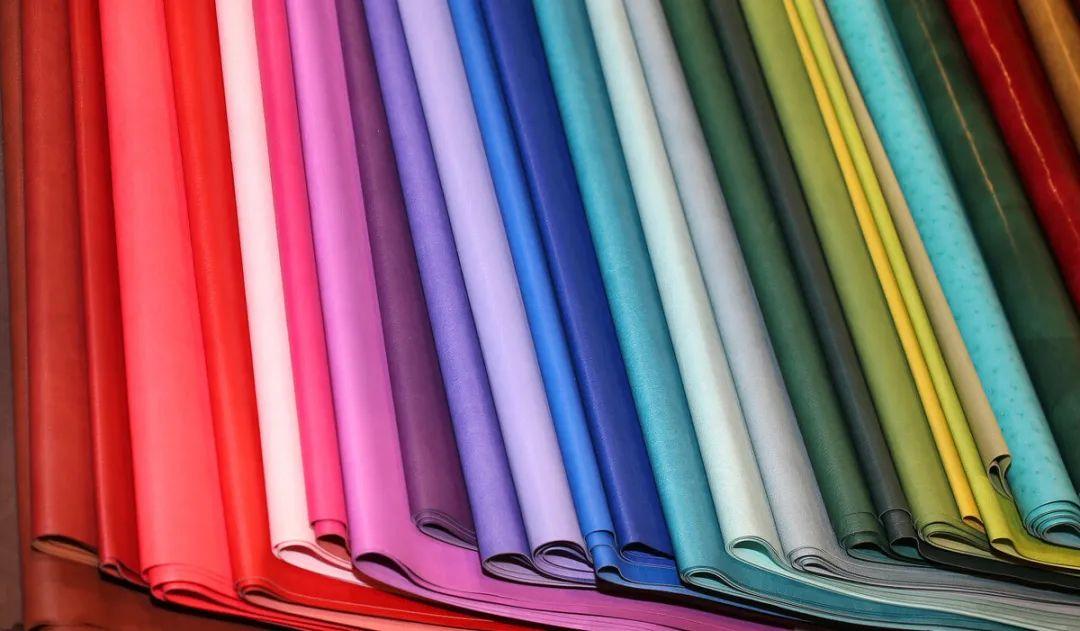Textile people should have encountered defects in the appearance of dyed fabric products. , but how much do you know about the causes? Let’s find out together!
Defect characteristics
Dyeing products have different shades of color and different shades.
( 1) Color difference in the same batch:Products in the same batch. There is color difference between boxes of products of the same color number, between pieces and pieces, between packages and packages, and between pieces.
(2) Same match Color difference:There is a color difference between the left and middle of the same product, or there is a color difference between the front and back, or there is a color difference between the front and back. Color difference is one of the common defects and multiple defects in dyeing and finishing factories, which seriously affects the quality of dyed finished products.

Cause
(1)The dyeing prescription and process are improperly formulated. Before dyeing products are put into production, they must undergo color matching and make samples. But in fact, the actual conditions of the sample and the dyeing production are different, and the dyed colors are generally different. Therefore, this requires dyeing workers to understand and master the gap and relationship between the color matching sample and the actual dyeing production, correctly use the information and data obtained from the color matching sample, analyze and process it, and formulate a more realistic and reasonable solution. Dyeing recipes and processes. If not mastered properly and adjusted many times during dyeing production, the color of the dyed cloth produced will inevitably be inconsistent with the standard sample.
(2)The color recognition light source is not uniform. At present, most of the light sources for color identification in printing and dyeing factories use natural light (northern daylight) and ordinary fluorescent lamps. The shortcomings of the above light sources in color identification are:
a) Natural light is susceptible to differences due to weather changes;
b) Ordinary fluorescent lamps are quite different from natural light. Generally reddish. Therefore, the color effect of the same piece of dyed cloth when viewed under different light sources is different. Dyeing standards and dyeing fabrics are often different due to the dyeing fiber raw materials, fabric structure, and dyeing materials used. As a result, the color is basically similar when viewed under a certain light source, while the color is basically similar when viewed under another light source. , the gap between the two is quite large.
For example, light jade dyed at night Color, light orange, the color is often reddish when viewed during the day, causing the color to be inconsistent with the standard, resulting in some color positions being “annihilated”, and having to be re-dyed; another example is polyester-cotton blended fabrics dyed with two colors (cotton and polyester) The hues of the fibers are different). As a result, certain colors obtained under ordinary fluorescent lights and under natural daylight are completely different, and the dyed fabrics do not conform to the standard samples.

(3) Poor planning of dyeing production. The dyeing production plan is not arranged in order from light to dark, and there is no transitional color arrangement when changing colors with large hue differences. The cleaning work when changing colors is not done well, resulting in contamination of the dye solution and the dyeing color will not meet the standard sample. .
(4)Poor batch management of dyes and auxiliaries. Dyeing production has relatively high requirements on the color and light of the dyes used. If any dye with a different color and light is mixed in, the color of the dyed cloth will not match the standard sample.
When the dye factory manufactures dyes, due to The raw materials used are different, their textures are different, the synthesis process routes are different, and the process conditions are not mastered well, resulting in differences in the color and light of dyes with the same name produced in different origins and factories.
Even if the same origin, the same factory, the same Dyes with different product names and production batch numbers will also have differences in color and light. If a dyeing factory mixes materials and uses them regardless of origin or batch, the dyed color will definitely not match the standard sample. A similar situation exists for auxiliaries.
(5)The dyeing process conditions and operations are not well controlled. The situation where the color does not match the standard sample due to this reason is roughly as follows:
a) The semi-finished product before dyeing does not meet the requirements. If the dyed semi-finished product has insufficient mercerization, the mercerization will contain alkali, causing the color to change. For example, after dyeing with sulfide, the cloth surface will be reddish but not black.
b) Use hard water for dyeing. Dyes sensitive to hard water can easily cause dyeing defects. For example, Direct Pink 12B, Direct Lightfast Blue RGL, etc. will become lighter in color when exposed to hard water and do not match the color standard.
c) Improper management during dyeing affects the dyeing effect. For example, when dyeing with insoluble azo dyes, the color of the semi-finished fabric does not develop immediately after priming. If it is left for too long, the color phenol on the priming fabric will be decomposed by the influence of air, causing the color to become lighter.
d) The dyeing materials were weighed incorrectly, the dosage was inaccurate, and the dyeing process was not discovered in time, so the dyed color did not match the standard sample.
e) Process conditions must be strictly controlled during the dyeing process. If the process conditions are not well controlled, such as temperature, humidity, concentration, pressure pH, vehicle speed, and drying conditions that are unstable and fluctuate, the color of the product will be affected.






